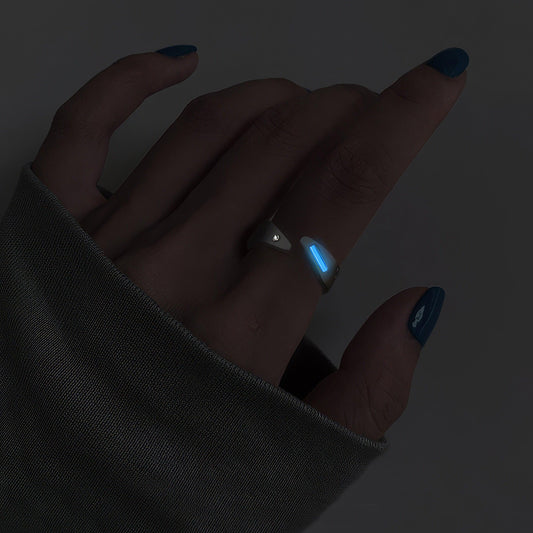Diamonds Under the Microscope The Intricate World of Diamond Rings
Diamonds Under the Microscope The Intricate World of Diamond Rings
Diamonds have always been more than just sparkling gemstones; they’re tokens of commitment, whispers of a promise, and markers of unforgettable moments. A diamond ring isn’t simply a purchase—it's an investment in emotion, tradition, and perhaps even a bit of mystery.
I remember when my best friend, a self-avowed minimalist who usually shuns anything remotely ostentatious, got engaged. Her ring was nothing short of captivating—a single, clear diamond nestled on a simple platinum band. She admitted later, over an afternoon coffee, that she was initially hesitant about wearing something so striking. "But," she smiled, twirling it absentmindedly, "it’s growing on me." This moment made me realize the innate versatility of diamond rings; they can alter perceptions and blend seamlessly into diverse personal styles.
There’s something inherently fascinating about the origin of diamonds. Formed deep within the Earth's mantle, birthed under immense heat and pressure, each diamond is a testament to the wonders of nature. It’s this geological journey that makes diamonds so unique—a stark contrast to the polished final product, yet a part of its undeniable allure. This transformation from raw to refined is probably why they hold such a powerful place in our cultural psyche. Diamonds, after all, are not only geological marvels but also cultural icons that transcend time.
In the Western world, diamond rings have become synonymous with romantic milestones. The tradition of diamond engagement rings is believed to date back to 1477, when Archduke Maximilian of Austria proposed to Mary of Burgundy with a ring set with thin, flat pieces of diamond in the shape of an "M." This noble gesture sparked a trend among European aristocracy and, centuries later, exploded into mainstream culture. Today, when someone pops the question with a diamond, it’s more than just a piece of jewelry—it’s a symbol deeply entrenched in history and expectation.
Still, not all diamonds are created equal, and each comes with its own set of characteristics that determine its quality and value. The infamous "Four Cs"—cut, color, clarity, and carat weight—are standard metrics, yet every stone has its personality. Often, I find myself captivated by the intricate play of light within a diamond, a reflection of its cut and clarity. A well-cut diamond, with its facets precisely angled, dances with light in a way that can seem almost dreamlike.
For many, modern trends are all about personalization. Today’s couples are leaning towards unique settings and colored diamonds—yellows, blues, and even pinks are making waves. This shift might be seen as a reflection of a broader cultural embrace of individuality, a desire to wear not just any diamond, but one that resonates with personal significance.
In a world that’s so fast-paced, where trends shift as quickly as they emerge, the diamond ring stands resilient. Whether it's a classic solitaire whispering elegance or an intricate vintage piece echoing of bygone eras, the diamond ring has a place in the wide tapestry of personal expression. It’s more than just a jewel; it’s a tradition wrapped in modern allure, an emblem of enduring love. When you think about it, isn't that the kind of legacy anyone would want to wear on their finger every day?



























